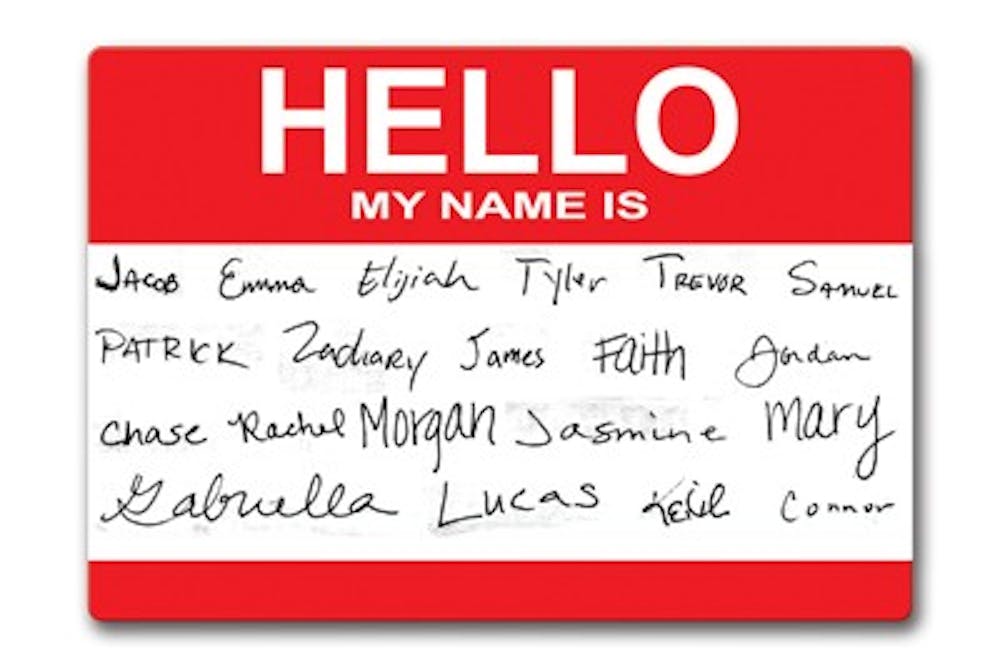IU student Mark Hoaglund is an all too familiar face when it comes to identity fraud. In November, Hoaglund joined millions of other Americans who were victims of this potentially devastating crime.\nSince Feb. 21, 2006, 141 incidents of credit card fraud have been reported on the IU campus, said Leslie Slone, an IU Police Department investigative sergeant. Those 141 cases amounted to a staggering $47,249 stolen. Of that amount, the IUPD was only able to recover $1,600. The amounts ranged from as little as $15 stolen to as much as $3,750. \n“More than likely, you are not going to get your money back,” Slone said. \nThe 2008 Identity Fraud Survey Report from Javelin Strategy and Research reported 8.4 million Americans were victims of identity fraud in 2007. The Better Business Bureau is warning consumers that even if their credit cards are not stolen, they are still at risk for identity theft or fraud. The Better Business Bureau advises consumers to be prepared to act quickly to minimize the damage of such acts.\nHoaglund reported to IUPD that his wallet was stolen while he was in the Health, Physical Education, and Recreation building. Within the next three hours, charges for more than $400 worth of goods in Bloomington stores appeared on his credit card statement. With the help of Chase Credit Cards’ fraud alert system, Hoaglund was notified within minutes of the fraudulent transactions and was able to freeze his account.\n“I do not understand why, when you spend over $200 in a single transaction, the clerk does not ask for your ID,” Hoaglund said.\nAfter freezing his account, Hoaglund had to file a report with IUPD and wait for his bank to send him a dispute statement so he could get the money back that was stolen from him.\n“Time is of the essence,” said IUPD Capt. Jerry Minger. “Several actions are taken immediately. The quicker we are notified of the incident, the more able we are to prevent damage to the victim’s credit. We first notify the retail establishment and flag the credit card in question.”\nWhen shopping online, Minger offered several ways to keep credit cards safe.\n“One way of protecting your credit is by using trusted sites that have an ‘s’ at the end of the ‘http’ as well as lock symbols,” Minger said. “Use credit cards responsibly and be aware of your spending and purchases.”\nIn Hoaglund’s case, Chase has two separate departments for credit cards and debit cards, and because both of them were used, Hoaglund had to go through two different agencies within the bank to get his money back.\n“The credit card people were horrible to work with,” Hoaglund said. “I had to call them five times just to get them to start working with me.” \nHowever, over all, Hoaglund was happy with Chase and the way it handled the situation and the speed with which he was alerted of the identify fraud situation, possibly saving him thousands of dollars.\n“It is very, very important to look at your bills and make sure you look at every single charge,” said Linda Carmody, president and CEO of the Better Business Bureau in Central Indiana. “Many young adults don’t have the credit experience so they are a prime target for identity thieves.”\nCarmody said people should get a copy of their credit report at least once a year and fact check it.\nThe Better Business Bureau is encouraging consumers to become savvier and keep a closer eye on their credit card and debit card statements.\n“Write ‘see ID’ on the back of your card and do not sign it,” is the advice Hoaglund offered when asked what consumers can do to protect themselves from identity fraud.
A case of missing identity

Get stories like this in your inbox
Subscribe





